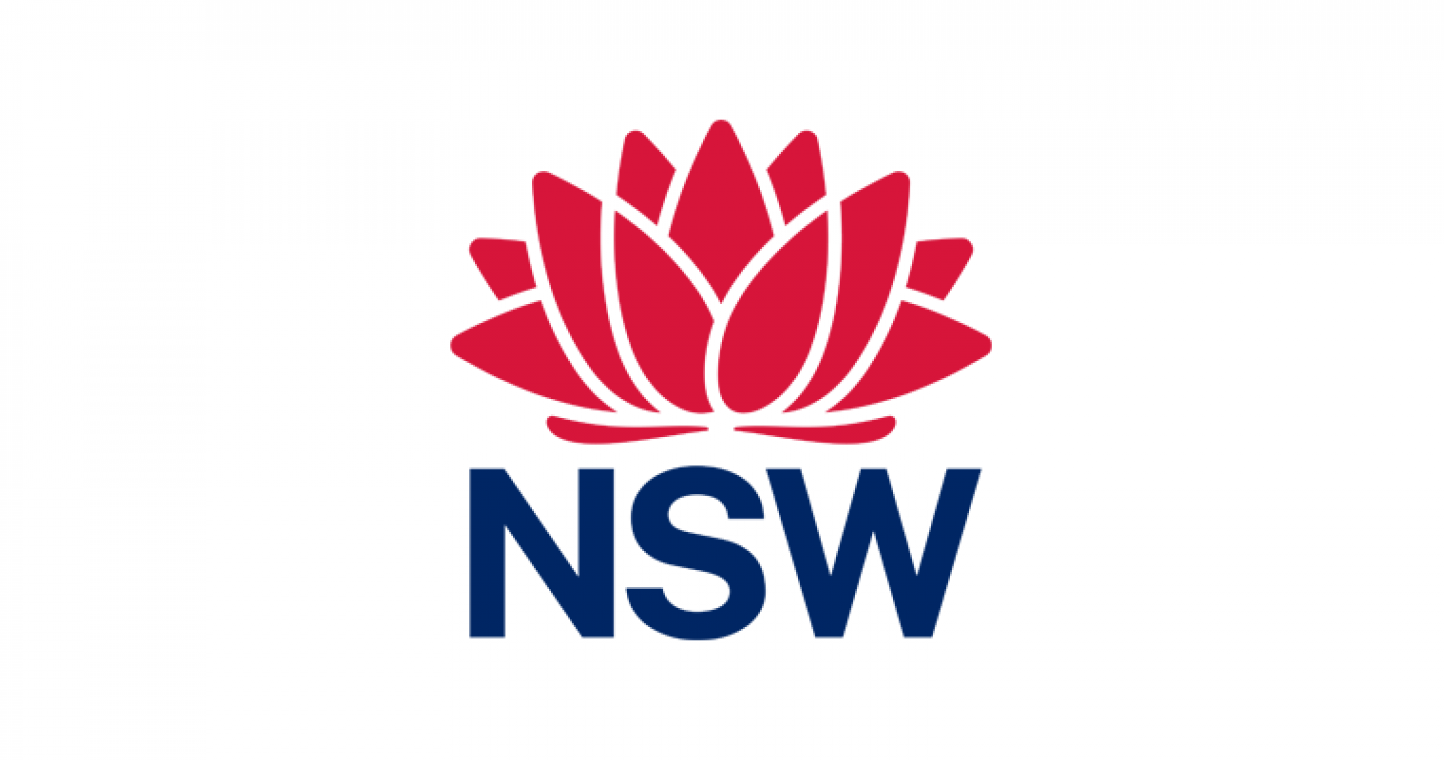Searoad Logistics Pty Ltd was fined without conviction, and ordered to pay an additional $9,870 in costs in the Melbourne Magistrates’ Court last Thursday.
The company pleaded guilty to one charge under the Occupational Health and Safety Act for failing, so far as reasonably practicable, to ensure the workplace was safe and without risks to health.
The court heard that in May 2020, seconds after a forklift drove out through an open roller door, a truck driver walked into the warehouse via the same door. As he continued along the marked walkway, the forklift reversed back into the warehouse, hitting him and crushing his left leg.
A WorkSafe investigation found it was reasonably practicable for the company to reduce the risk to health and safety by having a traffic management plan in place, and ensuring truck drivers were inducted into the workplace and advised of the plan.
It was also reasonably practicable to use physical barriers to stop people using the pedestrian walkways walking into areas where forklifts were operating, and mirrors to improve forklift drivers’ visibility.
WorkSafe Executive Director Health and Safety Narelle Beer called on employers to proactively ensure their workplaces are safe and that employees and visitors are properly inducted.
“We know that forklifts can be dangerous and there is simply no excuse for employers not doing everything possible to ensure that they operate in a way that is safe for everyone on the site,” Dr Beer said.
“That means ensuring that traffic management plans are in place and up to date, and that anyone entering the workplace is properly inducted on safety – as well as practical things such as installing barriers to separate pedestrians from moving plant.”
Employers using mobile plant such as forklifts should ensure:
- A traffic management plan is in place for pedestrians and powered mobile plant and that it is reviewed and updated as appropriate.
- Pedestrians are separated from moving machinery and that an effective communication system between operators, transport contractors and ground staff is in place.
- Signage is in place and barriers are erected where appropriate.
- Visibility issues are identified and controlled, particularly if lighting is poor.
- Workers operating equipment have the appropriate high risk work licences, as required.
- Machinery and vehicles and regularly inspected and maintained by a suitably qualified person.
- Employees and health and safety representatives are consulted about health and safety issues.








